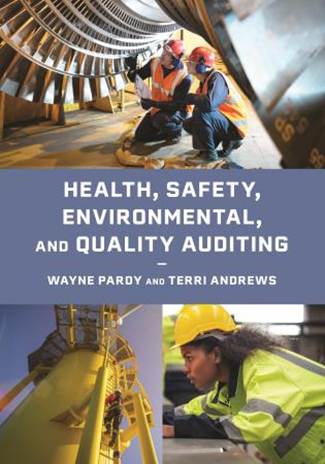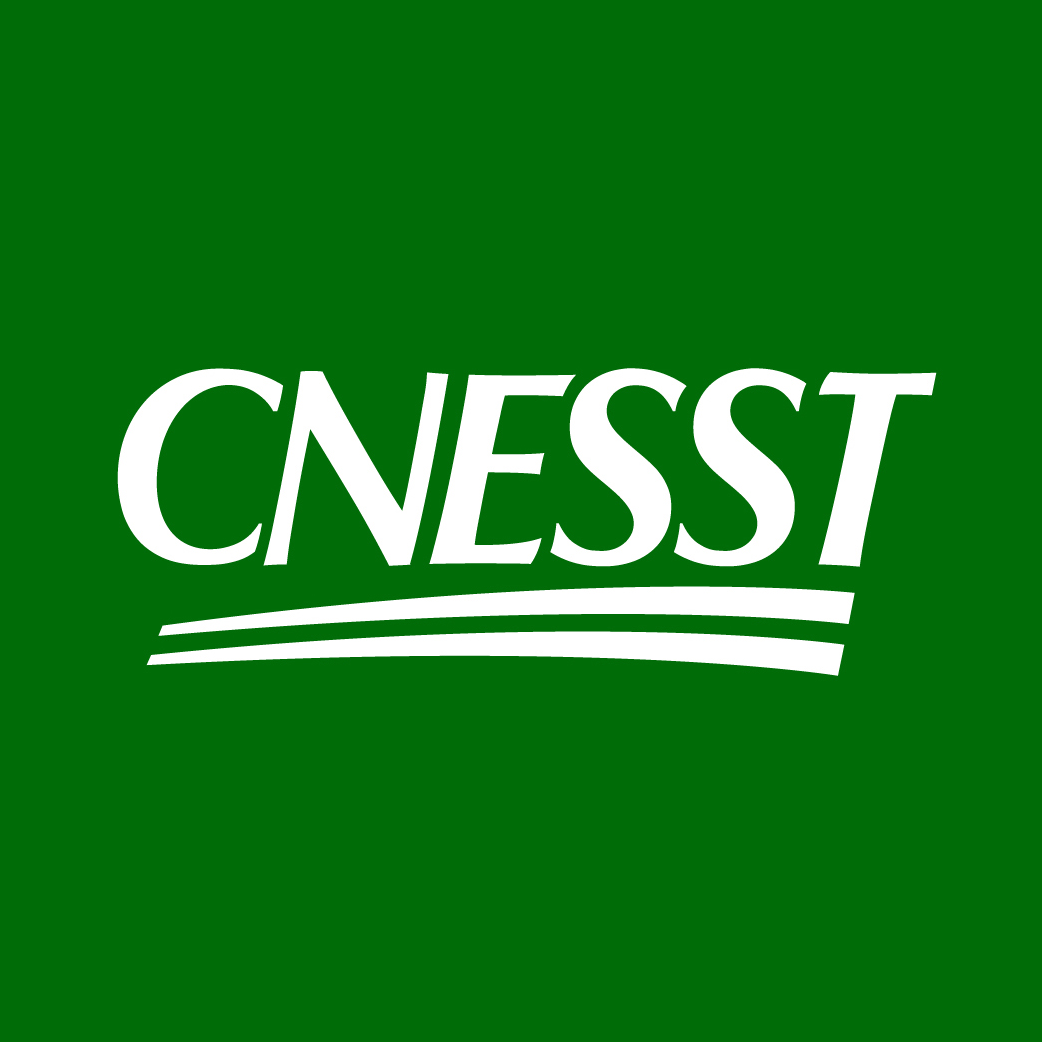'This book is essential for all HSEQ auditors as well as those learning,' says co-author

A new professional reference guide, Health, Safety, Environmental, and Quality Auditing, offers a comprehensive approach to evaluating HSEQ (health, safety, environmental, and quality) management systems. Co-authored by Wayne Pardy and Terri Andrews of Quality Plus Inc., the book is designed for safety leaders, auditors, and organizations seeking practical, integrated audit solutions across sectors and jurisdictions.

Published by Rowman & Littlefield, the book is the third collaboration between the Canadian authors, whose combined experience spans over 70 years. Unlike their earlier publications, which focused on developing management systems, this latest release shifts focus to evaluating whether those systems are achieving their intended results.
“We saw an opportunity to put a brand-new perspective on this well-established practice and make it a practical, real-world audit reference for 2025 and beyond,” says Andrews, who serves as President of Quality Plus Inc.
According to the authors, the book is intended for a broad audience, including HSEQ professionals, auditors, and those involved in integrated management systems. It provides guidance on audit design, team training, question development, and evidence-based findings. The content includes practical tools, templates, and even a complete audit course in the appendix.
“This book is essential for all HSEQ auditors as well as those learning to become HSEQ auditors,” says Pardy. “While many books look at environmental and safety auditing only with emphasis on regulatory compliance issues, this book takes an integrated approach.”
The book also includes sample audit questions aligned with standards such as ISO 9001, ISO 14001, ISO 45001, and COR (Certificate of Recognition). The authors partnered with Praxium Research Group and the Construction Safety Association of Manitoba to incorporate examples currently in use in the field.
Andrews, a registered auditor and audit course instructor, notes that the book is designed to support both new and experienced professionals. “It’s not just about the concept—it’s about the tools,” she explains. “The book outlines the theory but also provides the practical steps needed to conduct and manage effective audits.”
Pardy, who has served on committees for both ISO 45001 and CSA Z1000, says the book incorporates universal principles that make it applicable across international contexts. “Whether in Canada, the U.S., or Europe, the approach is the same. Organizations just need to tailor the audit content to meet local regulatory requirements.”
In addition to its technical depth, the book emphasizes clarity in audit communication, offering advice on how to write objective findings and avoid subjective or biased language. It also highlights the value of worker participation, especially in health and safety audits, reflecting principles embedded in Canadian standards.
The authors note that the book is equally relevant to small businesses and large multinational organizations. “We’ve worked with mom-and-pop shops and global firms in the energy sector,” says Andrews. “The tools and methods outlined in the book are scalable and adaptable.”
Health, Safety, Environmental, and Quality Auditing is now available through Rowman & Littlefield and aims to serve as a go-to resource for HSEQ professionals in both public and private sectors





